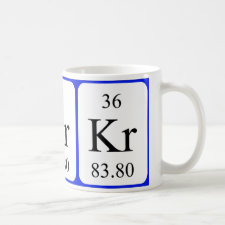
Authors: Vlakh EG, Stepanova MA, Korneeva Y, Tennikova TB
Article Title: Molecularly imprinted macroporous monoliths for solid-phase extraction: Effect of pore size and column length on recognition properties.
Publication date: 2016
Journal: Journal of Chromatography B
Volume: 1029-1030
Page numbers: 198-204.
DOI: 10.1016/j.jchromb.2016.07.007
Abstract: The series of macroporous monolithic molecularly imprinted monoliths differed by pore size, column length (volume) and amount of template used for imprinting was synthesized using methacrylic acid and glycerol dimethacrylate as co-monomers and antibiotic ciprofloxacin as a template. The prepared monoliths were characterized regarding to their permeability, pore size, porosity, and resistance to the flow of a mobile phase. The surface morphology was also analyzed. The slight dependence of imprinting factor on flow rate, as well as its independence on pore size of macroporous molecularly imprinted monolithic media was observed. The column obtained at different conditions exhibited different affinity of ciprofloxacin to the imprinted sites that was characterized with Kdiss values in the range of 10-5 - 10-4 M. The solid-phase extraction of ciprofloxacin from such biological liquids as human blood serum, human urine and cow milk serum was performed using the developed monolithic columns. In all cases, the extraction was found to be 95.0-98.6%. Additionally, the comparison of extraction of three fluoroqinolone analogues, e.g. ciprofloxacin, levofloxacin and moxifloxacin, from human blood plasma was carried out. Contrary to ciprofloxacin extracted with more than 95%, this parameter did not exceed 40% for its analogues
Template and target information: ciprofloxacin
Author keywords: molecular imprinting, Macroporous polymer monoliths, artificial receptors, Solid-phase extraction, Ciprofloxacin



Join the Society for Molecular Imprinting

New items RSS feed
Sign-up for e-mail updates:
Choose between receiving an occasional newsletter or more frequent e-mail alerts.
Click here to go to the sign-up page.
Is your name elemental or peptidic? Enter your name and find out by clicking either of the buttons below!
Other products you may like:
 MIPdatabase
MIPdatabase









